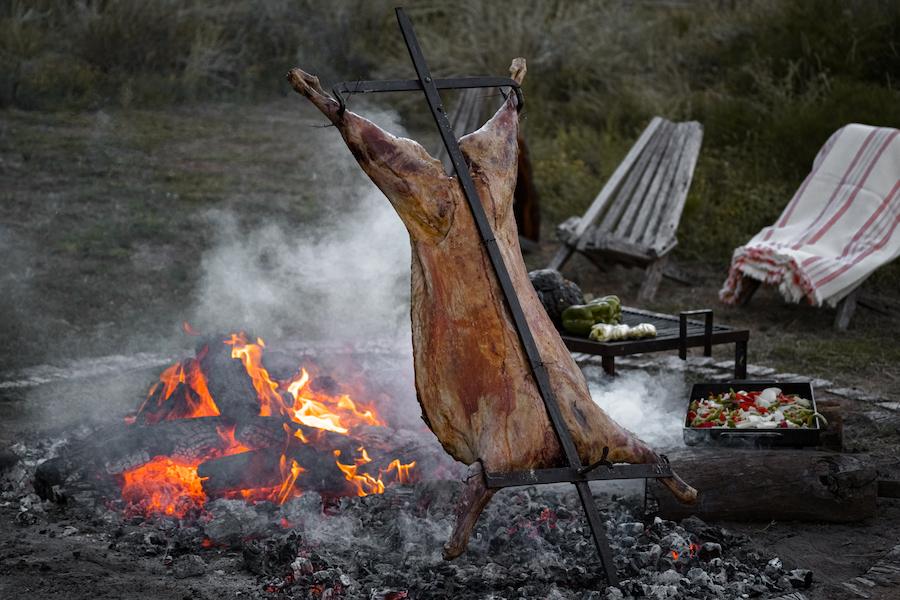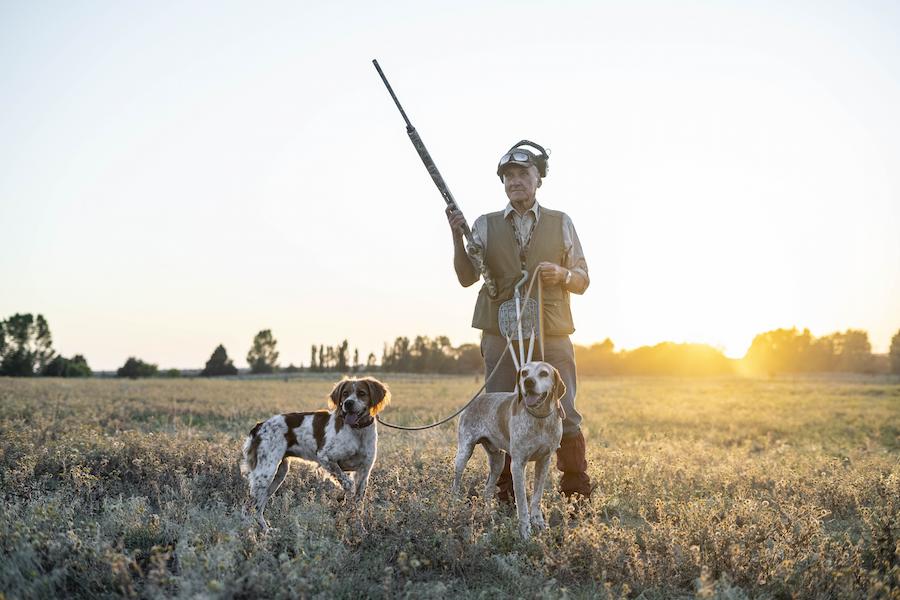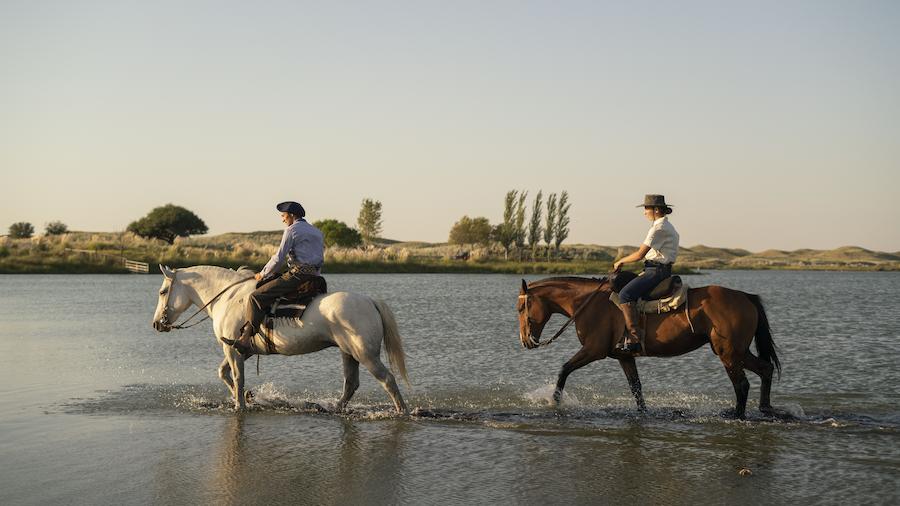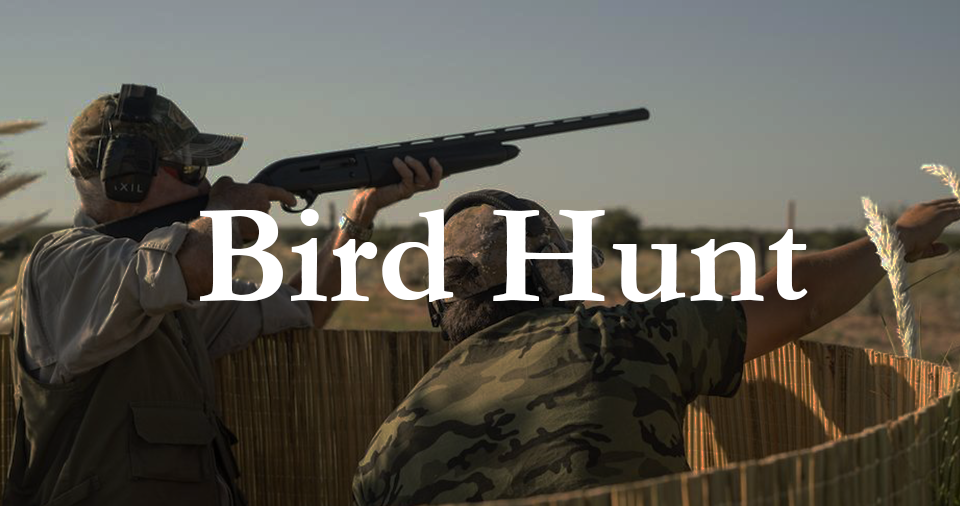When it comes to hunting, planning is key to a successful and safe experience. But where should you leave your hunting plan? In this article, we will explore the different options and their pros and cons.
First, let’s define what a hunting plan is. A hunting plan is a document that outlines the details of your hunting trip. It includes information such as the location, date and time of the hunt, the number of hunters in your party, the type of game you will be hunting, and any special equipment or permits needed.
Now, let’s look at the different options for where to leave your hunting plan.
Option 1: With a trusted friend or family member
Leaving your hunting plan with a trusted friend or family member is a good option if you want someone to have access to your plan in case of an emergency. This person should know where you will be hunting and when you plan to return. They should also have a copy of your hunting plan, including any emergency contact information.
Pros: This option provides an extra layer of safety and security. If something happens to you while you are hunting, your friend or family member will have access to your plan and can alert authorities if necessary.
Cons: There is a risk that your friend or family member may misplace or lose your hunting plan. Additionally, they may not be familiar with the area where you will be hunting and may not know what to do in case of an emergency.
Option 2: With a hunting partner
If you are hunting with a partner, it makes sense to leave your hunting plan with them. This way, both of you will have access to the plan and can refer to it as needed.
Pros: This option ensures that both you and your hunting partner have access to the plan. It also provides an opportunity to discuss the plan and make any necessary adjustments before the hunt.
Cons: If something happens to both you and your hunting partner, there will be no one left to access the plan. Additionally, if your hunting partner is not organized, they may misplace or lose the plan.
Option 3: With a hunting club or organization
Many hunting clubs and organizations require members to submit a hunting plan before going on a hunt. This is a good option if you are a member of a club or organization and want to ensure that your plan is on file.
Pros: This option provides a centralized location for your hunting plan. It also ensures that someone else has access to your plan in case of an emergency.
Cons: If you are not a member of a club or organization, this option may not be available to you. Additionally, there is a risk that the club or organization may misplace or lose your plan.
Option 4: With local authorities
Some hunting areas require hunters to submit a hunting plan to local authorities. This is often the case in areas with high levels of hunting activity or where there are safety concerns.
Pros: This option ensures that local authorities are aware of your presence in the area and can respond quickly in case of an emergency. It also provides an opportunity for local authorities to provide guidance or advice on the hunting plan.
Cons: If you are not familiar with the area or local authorities, it may be difficult to submit your plan. Additionally, there is a risk that the authorities may misplace or lose your plan.
Conclusion
In conclusion, there are several options for where to leave your hunting plan. Each option has its pros and cons, and the best option will depend on your personal preferences and circumstances. Regardless of where you leave your plan, it is important to ensure that someone else has access to it in case of an emergency. Happy hunting!








